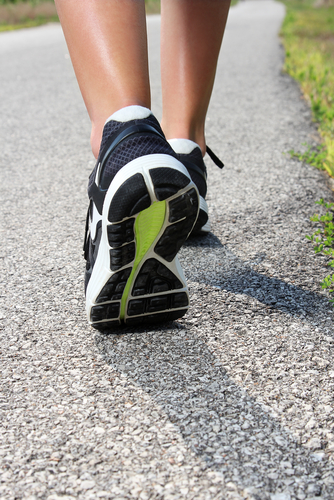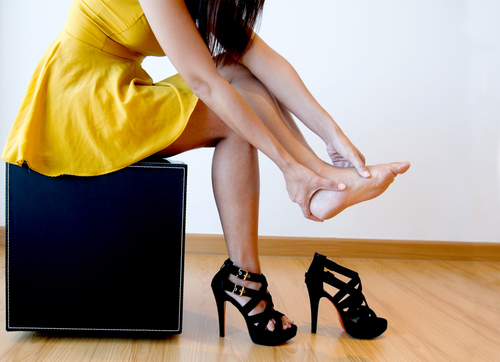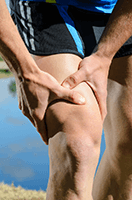Self remedy tips for plantar fasciitis
 Plantar fasciitis or more appropriately termed plantar fasciopathy, is a common condition in the foot causing pain in the arch and/or heel. The plantar fascia is a thick fibrous band of tissue that runs from the heel to the toes and forms the arch of your foot acting as a natural shock absorber for the foot. Due to the nature of this fibrous tissue, it is not very elastic and limited in its capacity to stretch and elongate, thus with too much traction on the plantar fascia microtearing will occur. Read more
Plantar fasciitis or more appropriately termed plantar fasciopathy, is a common condition in the foot causing pain in the arch and/or heel. The plantar fascia is a thick fibrous band of tissue that runs from the heel to the toes and forms the arch of your foot acting as a natural shock absorber for the foot. Due to the nature of this fibrous tissue, it is not very elastic and limited in its capacity to stretch and elongate, thus with too much traction on the plantar fascia microtearing will occur. Read more





